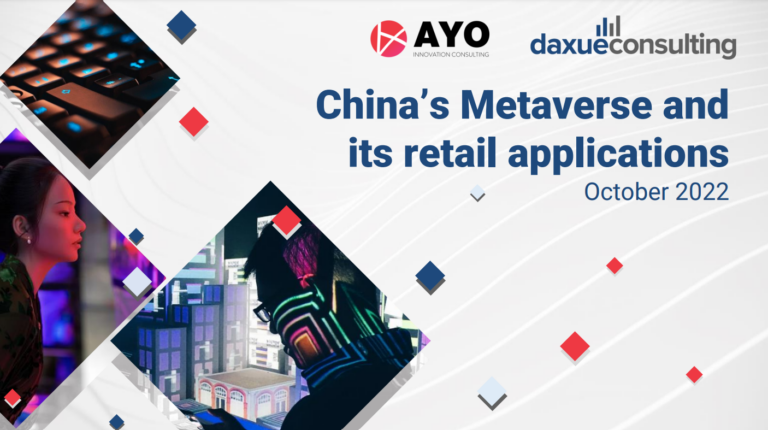Holographic communication in China is increasingly common for museums, exhibition halls, theme parks and, what is important, for advertising. To see the new advertising in China you don’t even need to wear any special glasses, as it is becoming a part of our life. The cost of holographic advertising varies according to different characteristics. The average price starts from 9,000 yuan to 20,000 yuan.
What is a hologram?
A hologram is a two- or three-dimensional interference pattern. It creates a light source with a fixed wavelength, when it encounters light with the same fixed wavelength emanating from an object.
Advantages of holographic communication in China
- High-quality visual content for your brand
- Holograms help to show the best features of your product
- It is eye-catching, which contributes to the success of sensory marketing
- Perfect for trade shows and exhibitions
AR/VR are the basis for holographic communication in China
Holographic imaging technology is a technique that realizes three-dimensional reconstruction using fringes. Hologram technology is closely related to the development of VR/AR in China. VR creates the illusion of 3D viewing when in reality the user is looking at a fixed distance 2D display. According to the China Academy of Information and Communication Technology, the scale of the virtual reality industry in China is approaching 60 billion yuan.
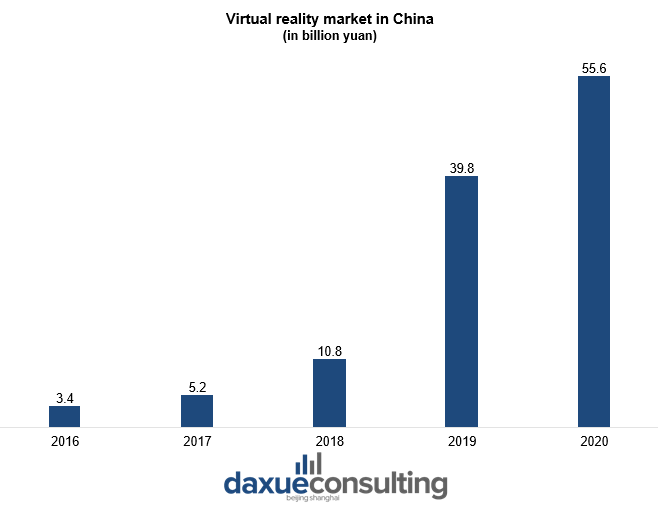
Industry leaders in holographic communication in China
SenseTime is one of the Chinese leaders in holographic industry. It is a technology company focusing on computer vision, holograms and deep learning technology. According to data officially disclosed by SenseTime, it currently serves more than 400 customers, including companies such as China Mobile, UnionPay, Huawei, Xiaomi, and Weibo.
WIMi is another leader on holographic communication in China. It focuses on holographic cloud services. WIMI holographic coverage ranges from holographic computer vision AI synthesis, holographic visual presentation, holographic interactive software development, holographic AR online and offline advertising, holographic ARSDK payment and 5G holographic communication software development. WiMi Hologram has integrated the identities of holographic AI cloud mobile software developers, service providers, and operators, and has become one of the leading integrated platforms in the holographic AI field in China.
Examples of holographic communication in China
180-degree holographic cabinet

The 180-degree holographic system is a single-sided holographic display. The domineering display cabinet has a sophisticated and fashionable appearance. The 3D image formed by the holographic projection is shocking. The cool and vivid picture can instantly attract attention and increase the time customers spend looking at it. This type of holographic communication in China can store large amount of information. It is perfect for showing the core advantages of selling points, dynamically presenting the exhibits or products. It is common for airports, large shopping malls, hotel exhibition halls.
270-degree holographic cabinet
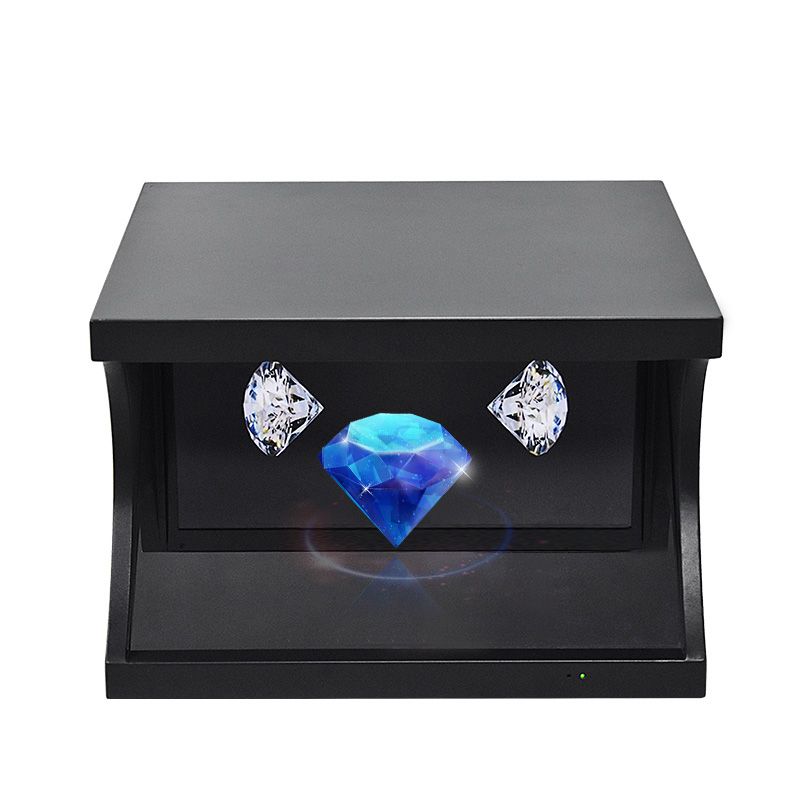
The 270-degree holographic system is a three-sided holographic display cabinet. 270-degree hologram is a kind of holographic image, which records and reproduces a real three-dimensional image. The general three-dimensional image realizes the three-dimensional perception of the human eye through composition and color changes. The holographic stereo projection contains information such as the size, shape, brightness and contrast of the recorded object. The 270-degree hologram is suitable for placing against the wall and great for viewing from three sides.
360-degree holographic cabinet
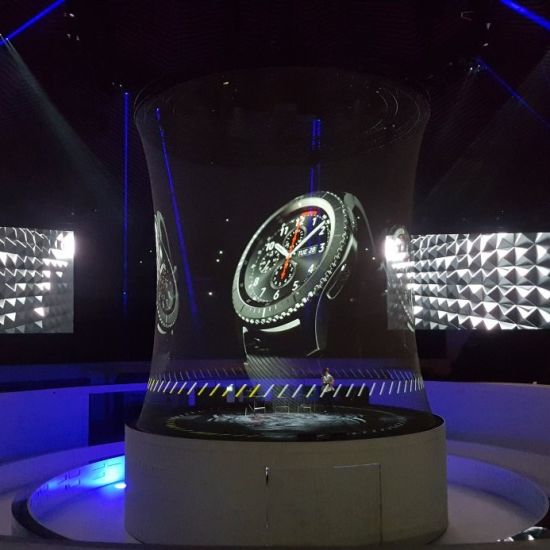
360 holographic image is a four-sided holographic display cabinet pyramid hologram. It is a holographic three-dimensional imaging, divided into positive triangle and inverted triangle. As it is a tetrahedral cone made of transparent holographic glass material, the line of sight of the audience can penetrate from any side. With it, the audience can see freely floating images and graphics from the cone-shaped space. Four-sided video imaging reflects light onto a special prism in this cone, and then gathers it together to form a three-dimensional image with a real-dimensional space.
Hologram types in terms of viewers’ perspective
There are other types of hologram in terms of viewers’ perception. 3D holographic mesh, 3D holographic staging, fog screening (which allows people to walk through it) and holographic projection onto glass using a holographic projection.
Reflective holograms
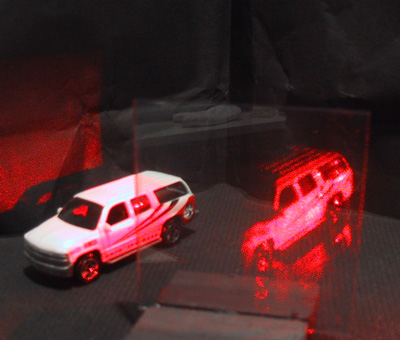
Reflective hologram is one of the most common types. People can usually see them in galleries, where a 3D image is seen close to its surface. The hologram is illuminated by a “spot” of white incandescent light, held at a certain angle and at a certain distance and located from the viewer’s side of the hologram. Thus, the image consists of light reflected by the hologram. New technologies have made it possible to create such holograms by accurately reproducing colors and making the hologram and the object absolutely identical. For example, if the object of the hologram is a precious stone, then the holographic image will transmit reflections in the light and sparkle.
Transmission hologram
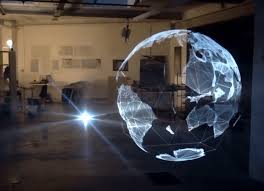
The principle of transmission of this type of hologram is the use of laser light. This light is going from behind the hologram and the image is to the side of the observer. This allows to make the visual image as accurate and deep as possible. A different perspective depends on the location of the hologram detail. Therefore, you can adjust how viewers see the image. This type of holographic image also allows the image to be transmitted to a screen located in the initial position of the object.
Hybrid hologram
Hybrid hologram is a variation of reflective hologram and transmission hologram. There can be many variations, so it all depends on the purpose of the hologram and its location.
Embossed holograms
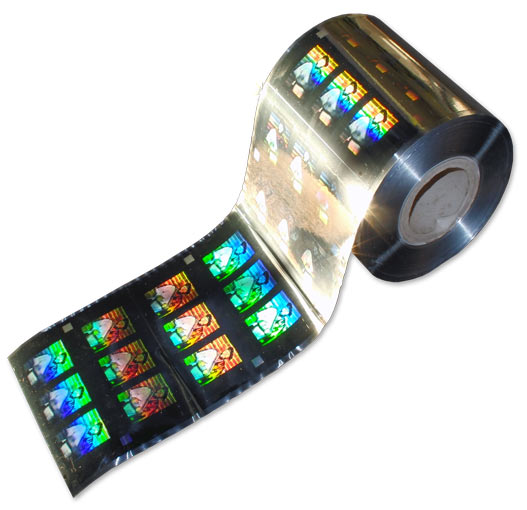
Such holograms have firmly entered our life. They usually show the authenticity of the product, but they can also serve as advertising. These are security holographic stickers or holograms on credit cards, money and passports. Also, sometimes we can see them on various products. In order to create such a hologram, it is enough to press a two-dimensional pattern onto a thin plastic film. Such a hologram is usually recorded on a light-sensitive material. The embossed hologram consists of grooves on the surface. A layer of nickel is on it, which then peels off, resulting in a metal “spacer”. Under the influence of high temperature and pressure, the gasket presses the hologram on the desired material.
Integral holograms
These holograms are based on a series of photographs of an object. Typically, the subject is “scanned” by the camera, thus recording many separate images. Each image is on an LCD screen illuminated by laser light and used as an object beam to record a hologram on a narrow vertical strip of the holographic plate.
Holographic communication in China: how big cities embrace new advertising in China
Shenzhen: the capital of holographic R&D
As one of the centers of the world’s holographic 3D screen industry, China accounts for almost 40% of all produced dazzling screens. Relying on the development of product technology, other methods of holographic communication, and not only the holographic 3D screen, have gradually matured in the Chinese market. With the rise of the domestic holographic industry in recent years, companies with a high degree of integration of R&D and production have gradually emerged. Although there are currently no more than three domestic companies with this capability, holographic companies with rich production experience have emerged.
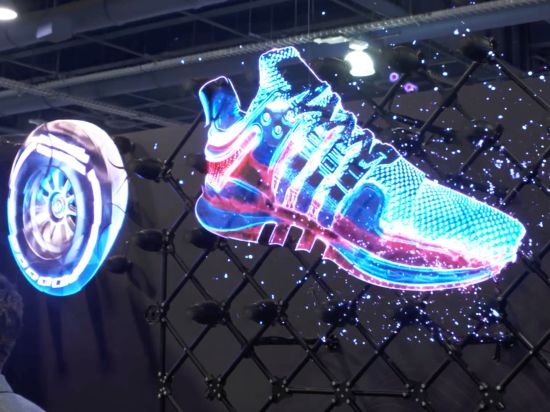
Shenzhen Mengyun Hologram launched a particle holographic advertising system, which is suitable for all companies. It has a three-dimensional floating effect because it has no border and background, and it can realize the high-definition mobile display. At the same time, the application scenarios of corporate live broadcast rooms are very wide, including real estate, catering, automobiles, tourism, home appliances.
Chengdu: impressive hologram in the city center

Another Chinese city, Chengdu, has become popular on TikTok thanks to its impressive hologram advertisements in the city center. In the cut-scenes, you can see how the lion appears to break out of the screen and run away. This giant screen is located in an area that is visited by 800,000 passengers and 700,000 vehicles daily. Real estate developer T.I Mansion was behind the advertisement for its new residential complex in the area.
Another video on a 3D screen in the Guanyinqiao CBD in Chongqing showing a flying saucer has garnered a lot of online attention. Importantly, onlookers don’t need any equipment or glasses to see the 3D effect.
New advertising in China: holograms in the Chinese metro in Hefei
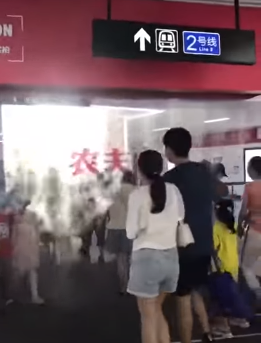
Nongfu bottled water has become one of the brands that have involved the hologram-ad method. In 2020, it made waterfalls soaring in the air at the Chinese metro stations amid the stifling heat. It promises cool relief for passengers – a holographic illusion, promoted by Nongfu Spring. This is an example of fog screening hologram, where people can walk through it.
Key takeaways
- Holographic communication in China is becoming more popular in the sphere of consumers’ products and a part of a modern advertising strategy
- Holograms help to create unforgettable experience for viewers and increase the popularity of a product or brand as many holographic advertisements go viral on social media
- New advertising in China will likely to grow due to developing AR/VR spheres
Learn something new? Stay updated on the Chinese market by following our WeChat, scan the QR code below, or subscribe to our newsletter

Learn more about China’s technology development, see our report on Artificial intelligence
Listen to over 100 China entrepreneur stories on China Paradigms, the China business podcast
Listen to China Paradigm on Apple Podcast





